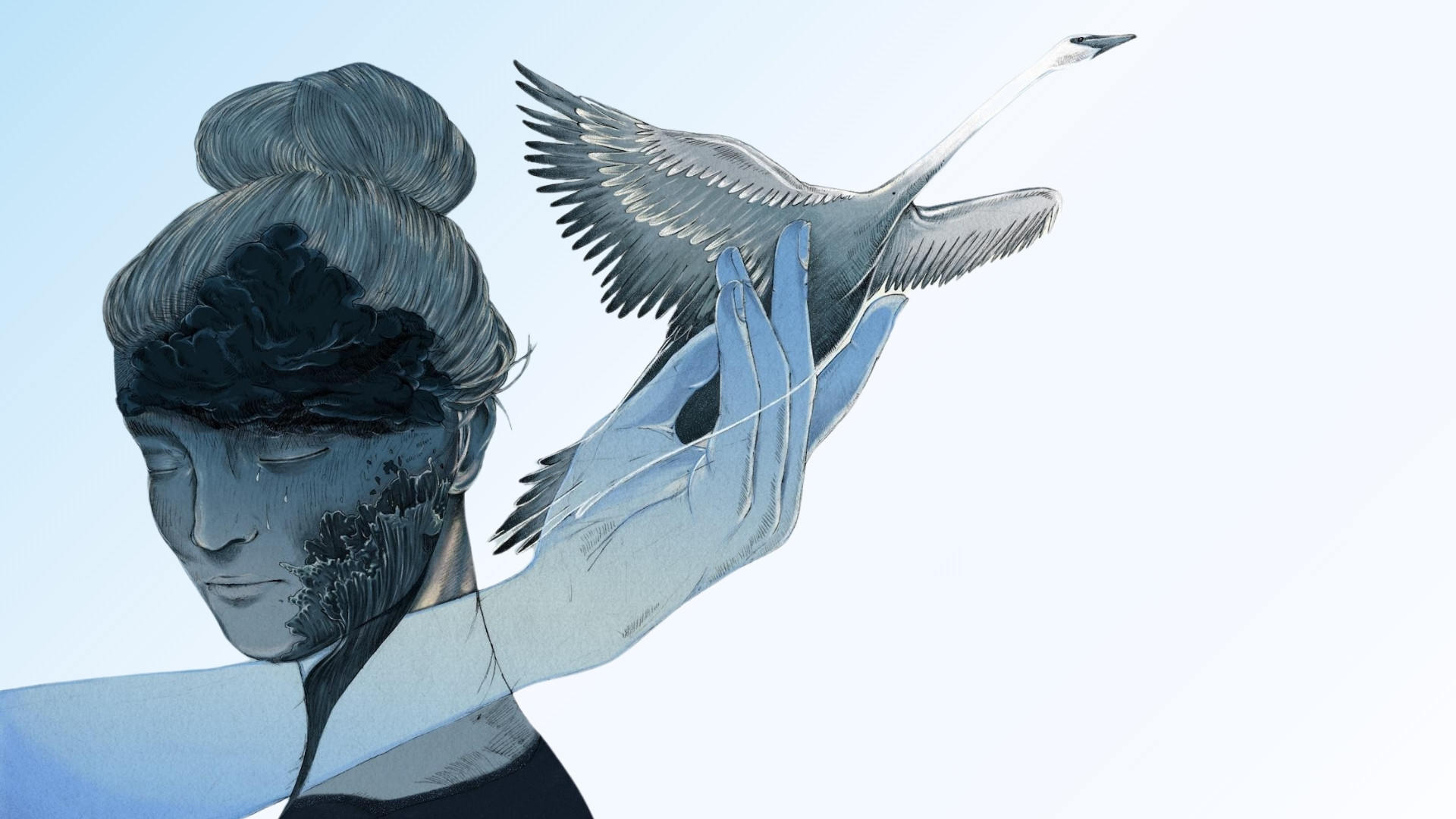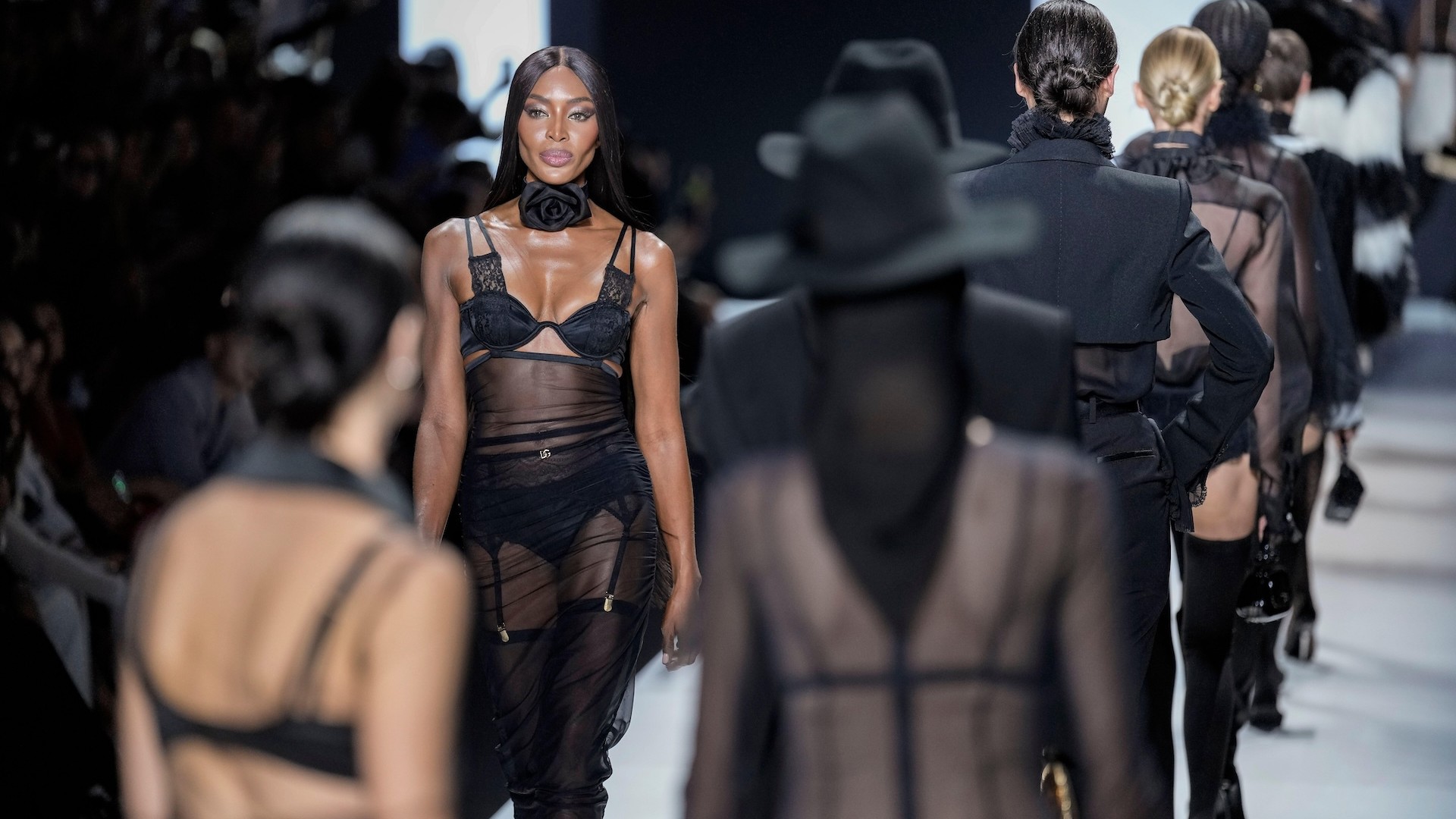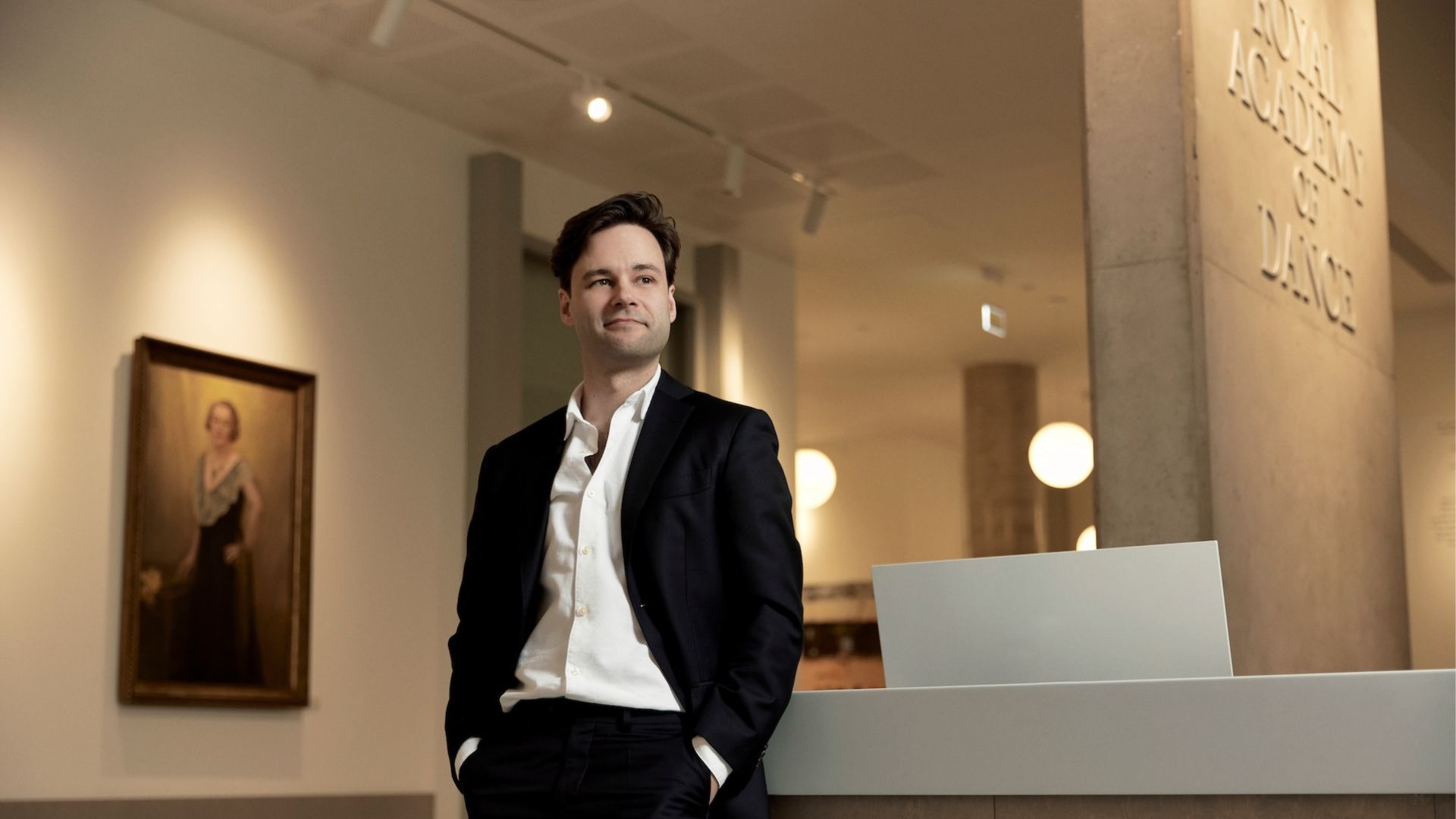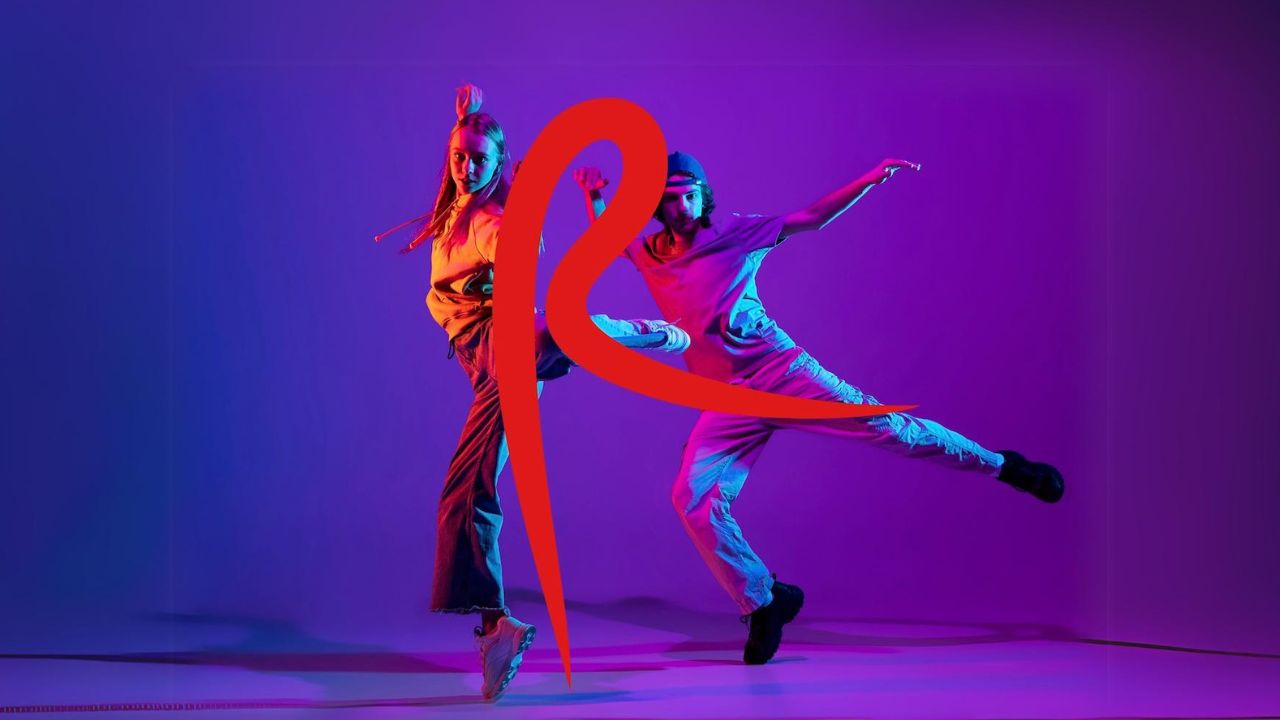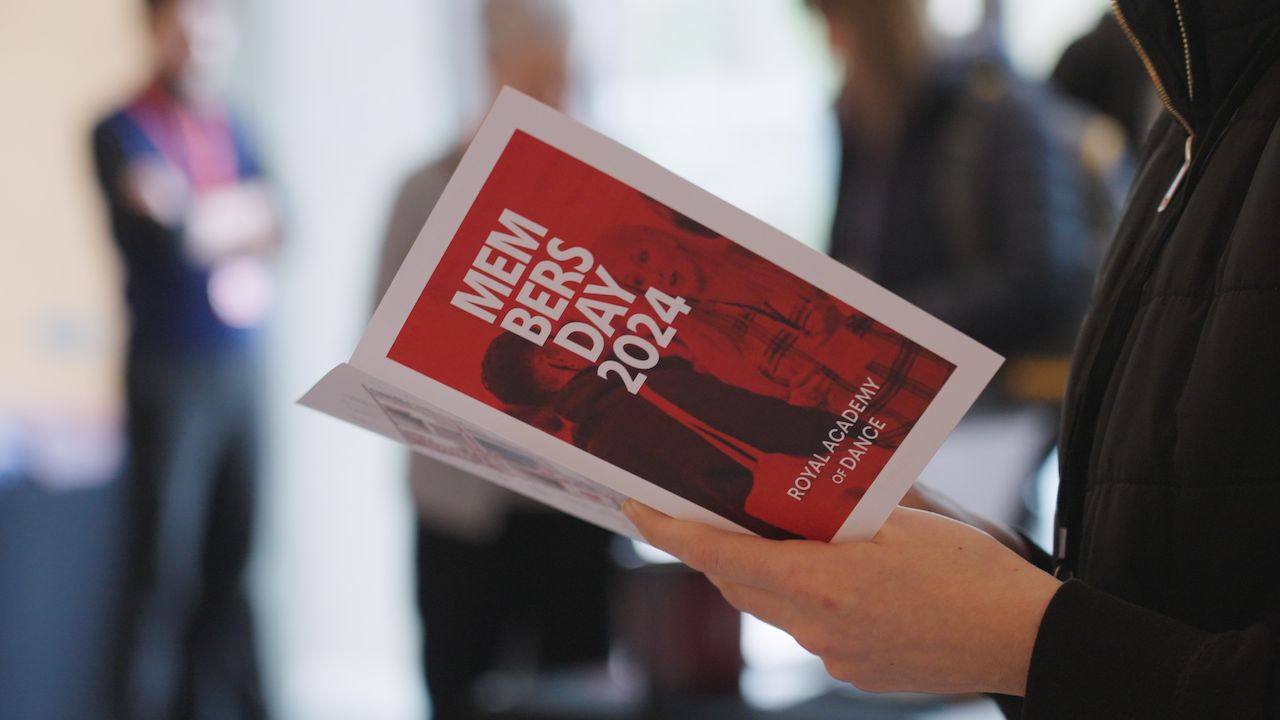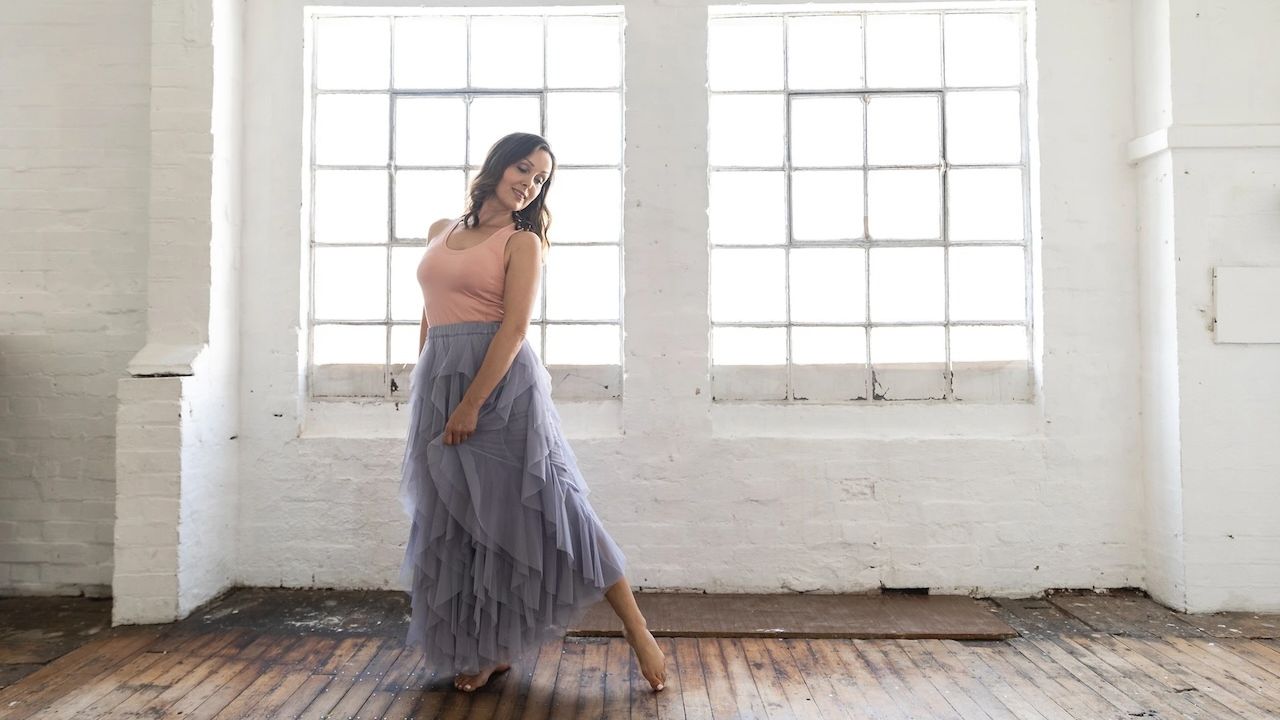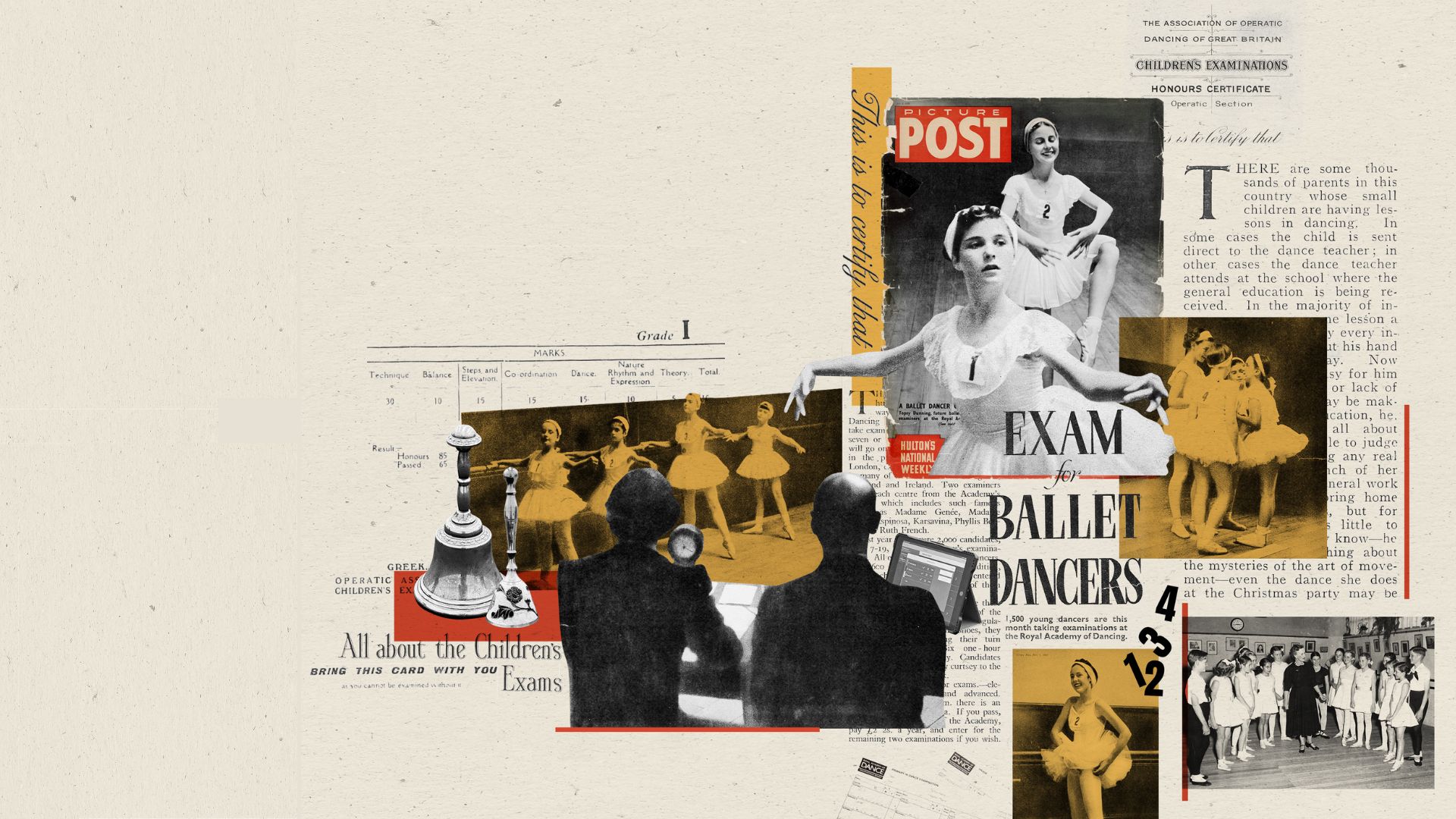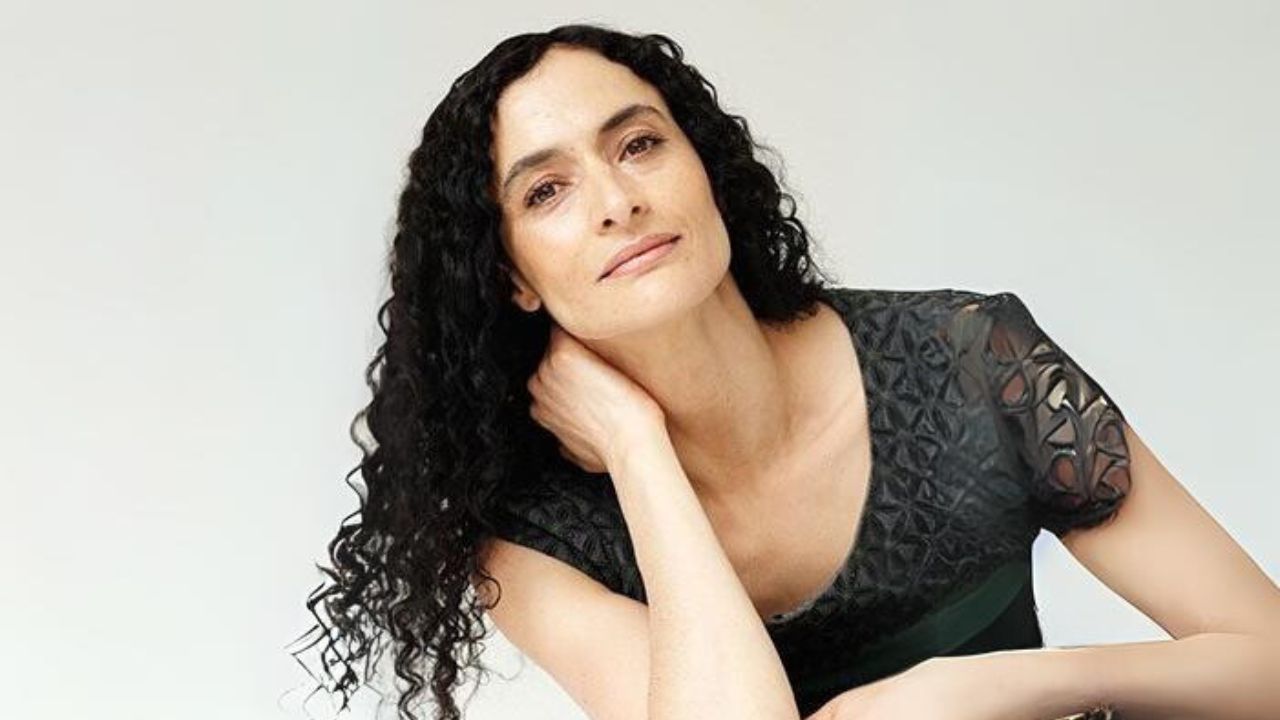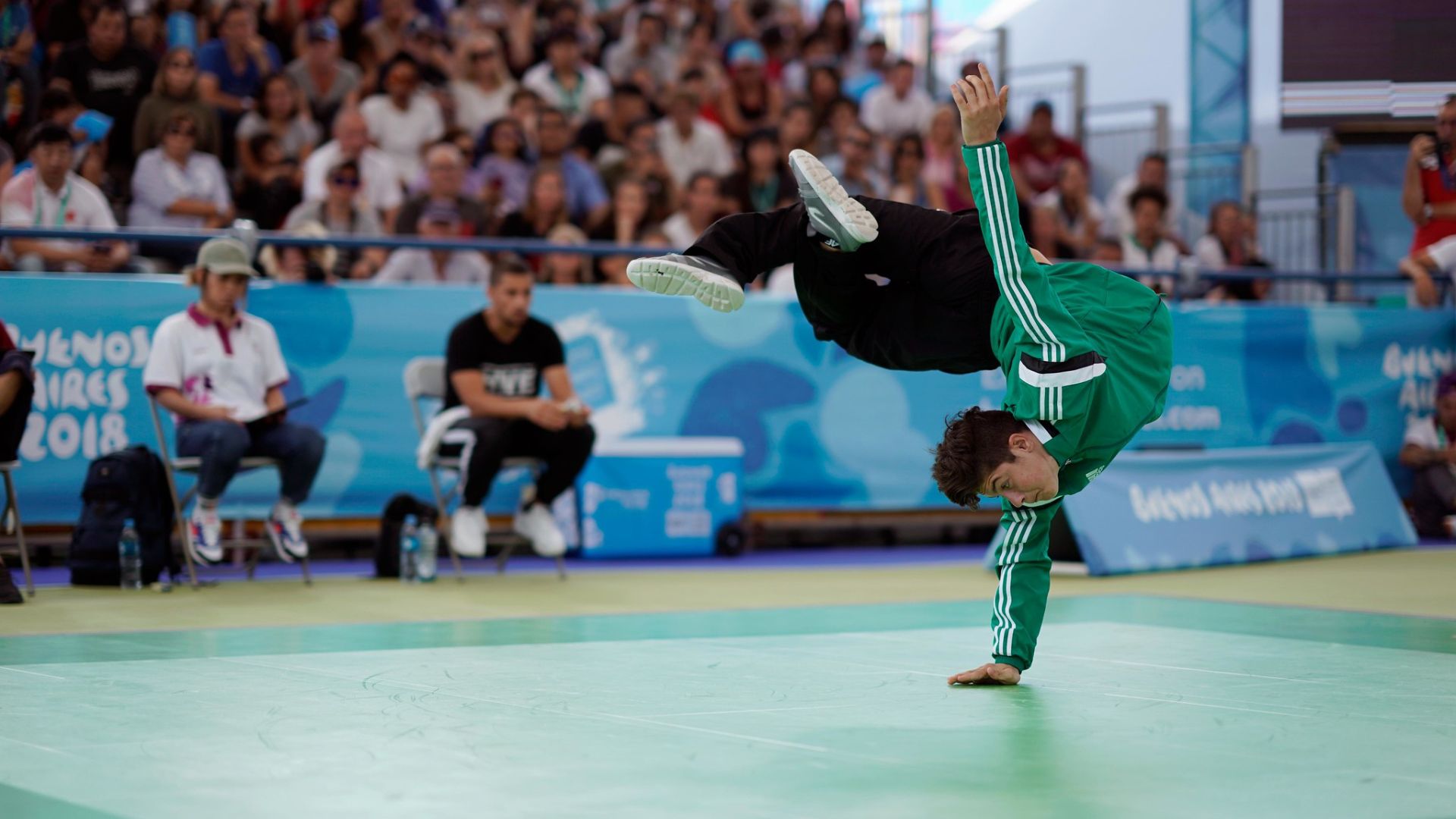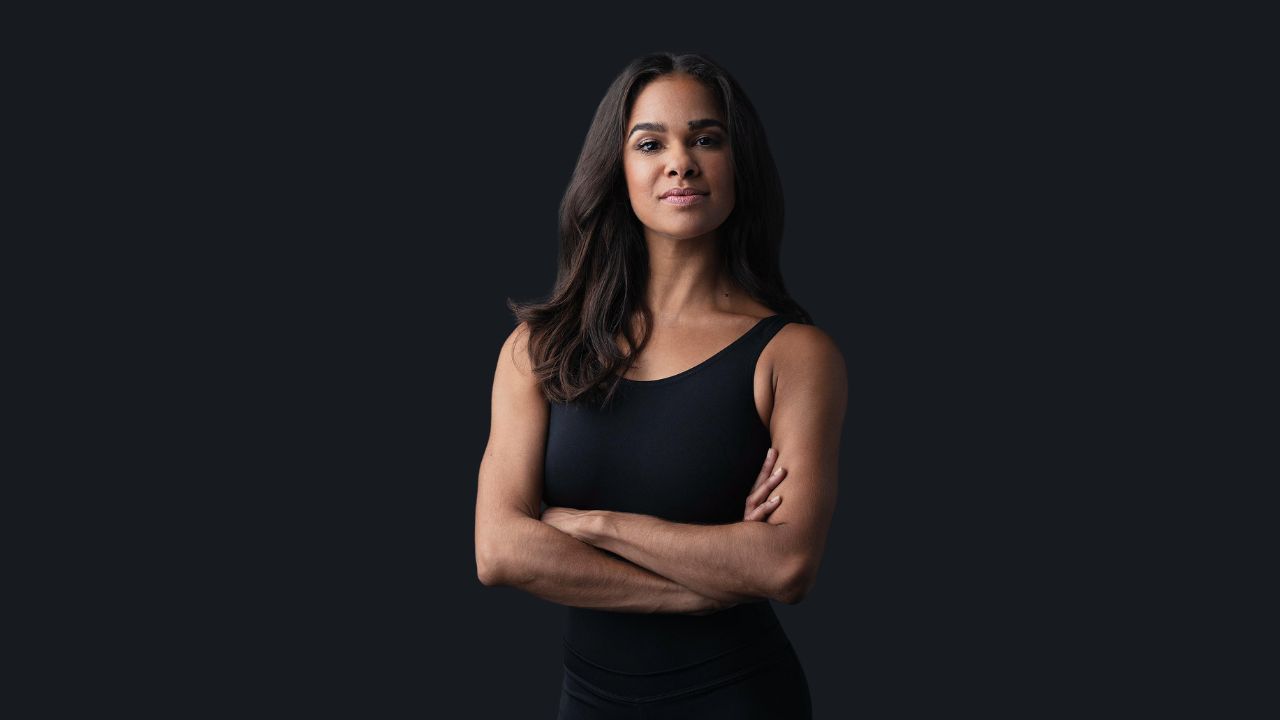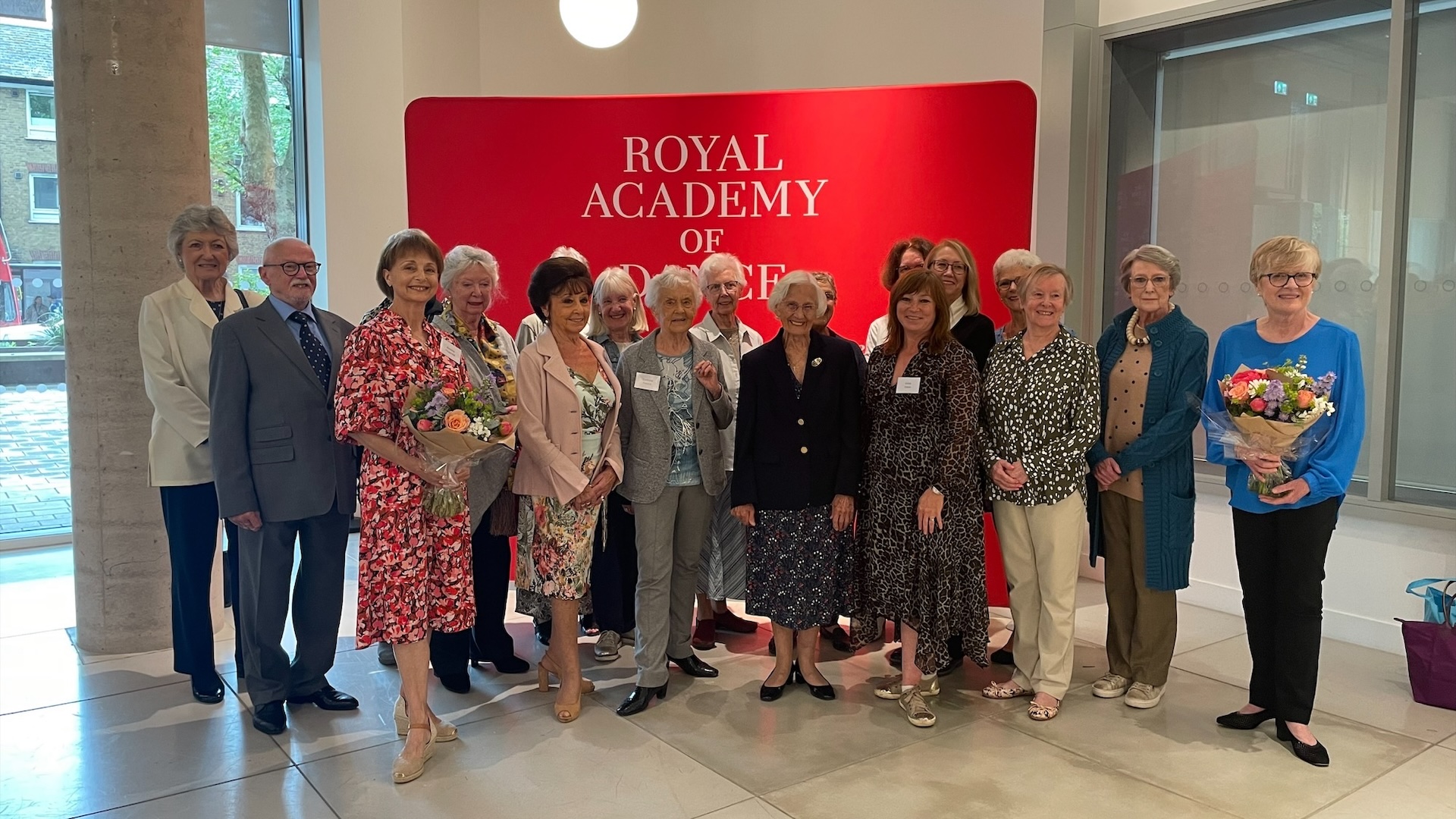‘We’re going to rise up to the highest pair of Jimmy Choos we can manage – it’s up to you if it’s a kitten heel or a killer seven inches!’ That’s what Josh Tuifua tells his adult class of female beginners when they’re learning relevés.
Tuifua knows the power of language, and especially humour, to engage, encourage and lighten the mood in the studio while his students push themselves into a sweat. He has plenty of images up his sleeve: a trip on the Piccadilly line for développés, passing through each station on the way, or an arabesque reaching for a bargain handbag in the Selfridges sale. He’ll introduce the proper terminology in time, ‘but the important thing is achieving a movement, not being intimidated by it,’ he says, and bringing energy and enthusiasm into the room.
Dance may be a mute art form, but the language we use when learning has a real impact. Can you remember the phrases you heard in your own lessons? ‘I remember, “Pull your tummy in, lock it up with a key and swallow the key,”‘ says RAD examiner Emily Koschyk. ‘I would never say that now.’
The way we talk about dancers is changing across the board. Australian Ballet director David Hallberg recently criticised a critic’s review that called his dancers ‘unusually thin,’ saying a comment like that was insulting and could be triggering, and that the company no longer uses terms like ‘fat, thin, out of shape, in shape.’
Some teachers might have believed in tough love. ‘I had a very harsh Russian teacher, and that did a lot of damage to me,’ says Tuifua, who trained at the Royal Ballet School. ‘He would call me something that [in English] meant “stupid balloon” or something like that.’
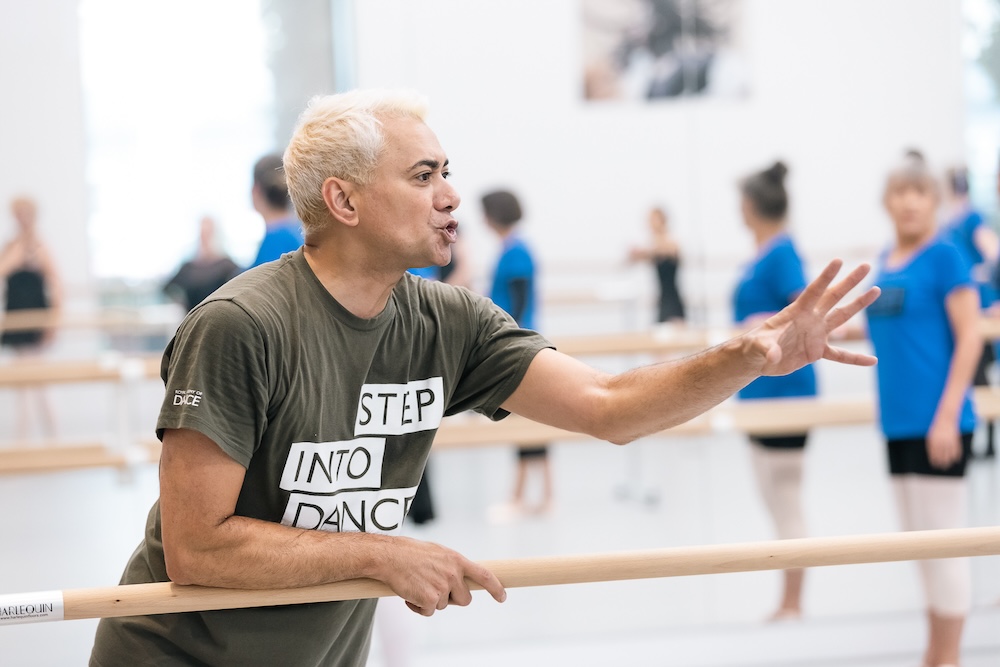
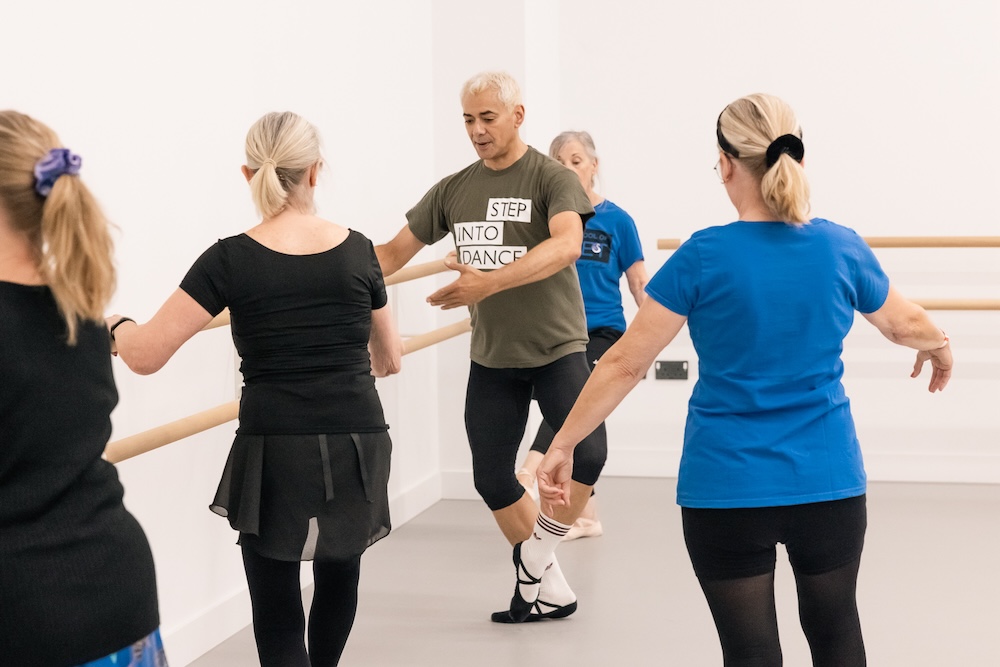
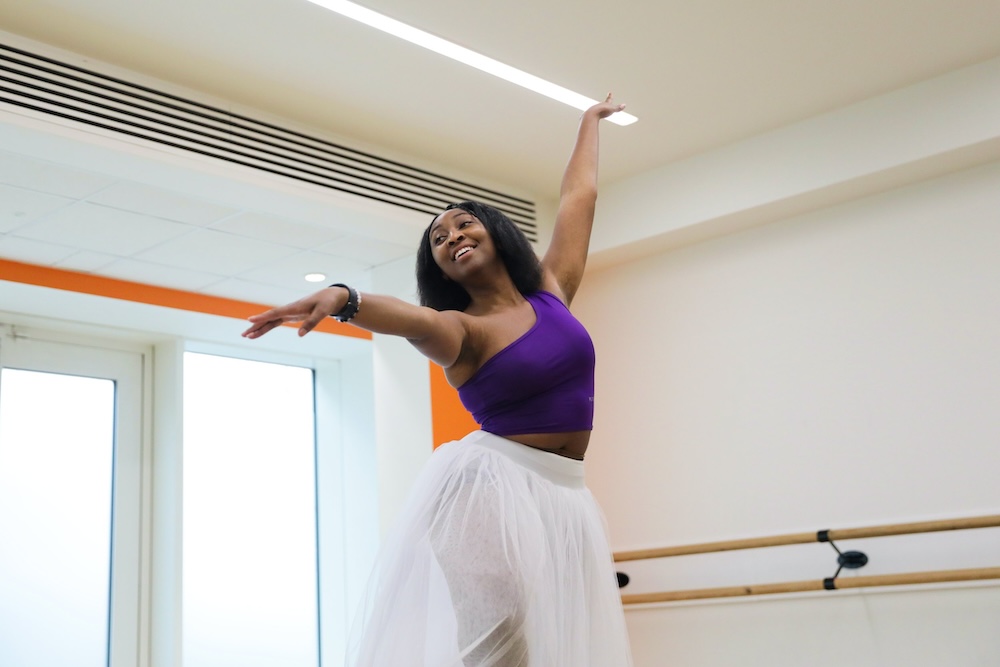
‘What I heard made me think I didn’t belong. Language is very impactful’
Ruth Essel
‘“Tuck in your pelvis” is the one that haunts me to this day,’ says Ruth Essel, who runs Pointe Black ballet school in London. As an adult Essel discovered she has lordosis, a naturally exaggerated curve in her spine. But at the time she was thinking, ‘this is just my body. So does that mean I’m not meant to be here? And also I’m a black girl with a big bum. I have a beautiful wide pelvis naturally, that’s my bone structure. So it made me think I just didn’t belong here. Language is very impactful.’
Other teachers had good intentions but might not have realised the impact of their words. Erin Sanchez, a researcher and educator in dancers’ health and wellbeing, remembers a university ballet teacher who never paid her much attention until she’d taken some extra contemporary classes one summer. ‘The teacher pulled me over, “Oh my gosh, Erin, you have a waist! What have you been doing?” And I had suffered from an eating disorder for a long time and was really sensitive to it. It felt like an accusation: what have you been doing up till now!?’
The words we use in dance training are changing, just as language changes in society as a whole. These days there’s a move away from calling dancers ‘girls’ and ‘boys’, both because it can be seen as infantilising, and because of sensitivities about gender identity. Saying ‘dancers’ or ‘everybody’ is more inclusive. There’s also more awareness around race. ‘I would say the biggest one is hair,’ says Essel. ‘Just understanding that there are a plethora of hairstyles out there. Not everyone’s hair goes dead straight and cornrows can still be “professional” and “neat”.’
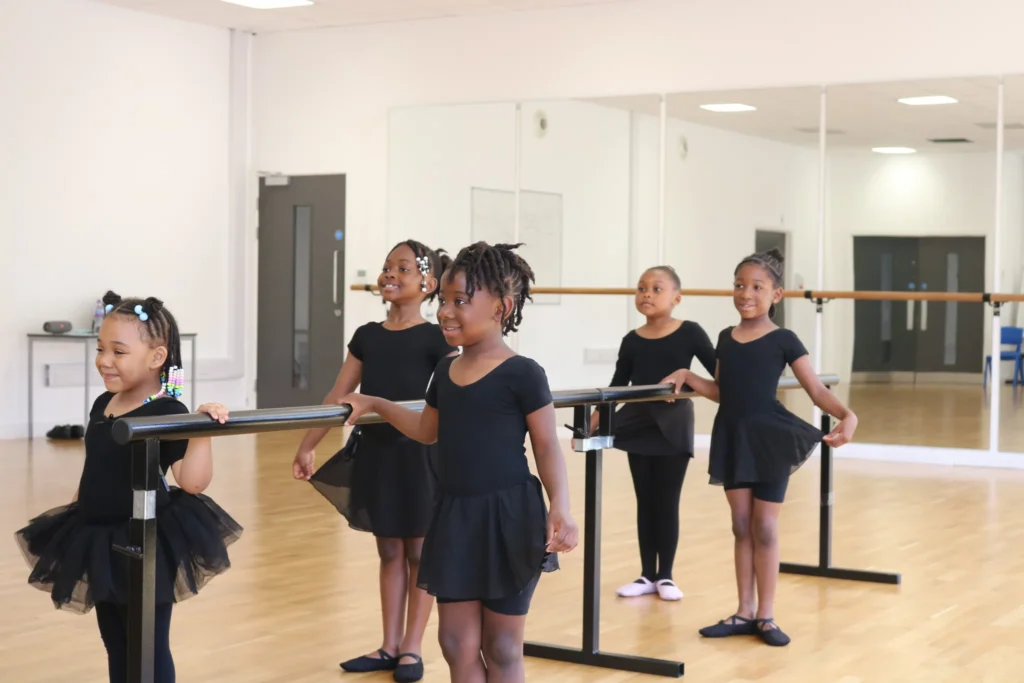
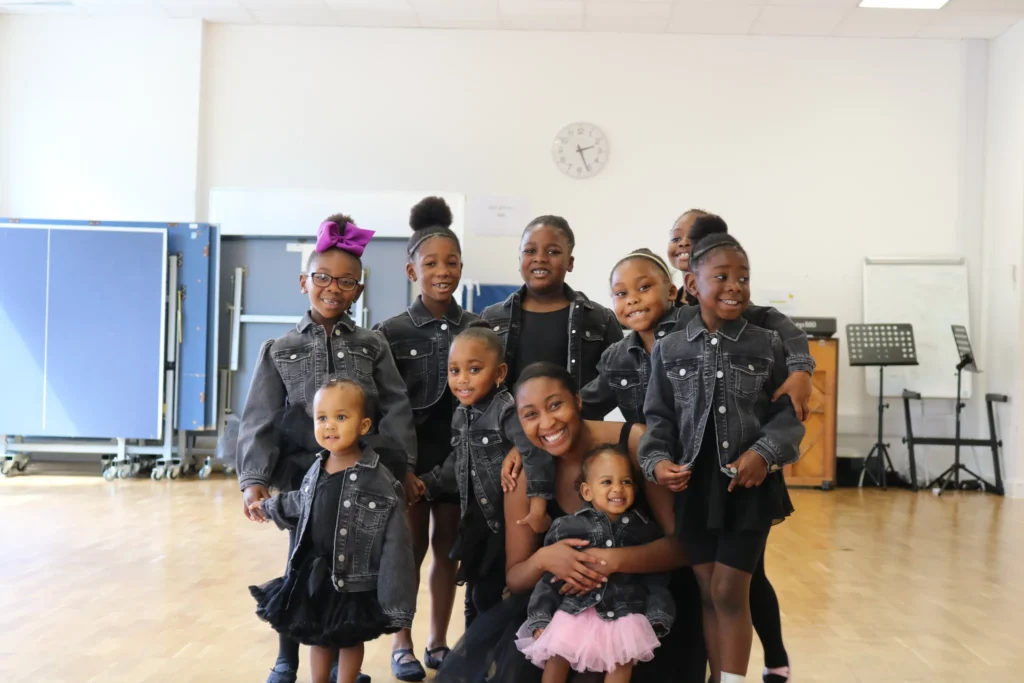
We’re also modifying the way we talk about bodies, give feedback or discuss movements. In the past, suggests Koschyk, language often referred to the image a dancer was trying to create: what it should look like, rather than how to achieve it. ‘It was definitely more external,’ she says. ‘Now we try to work from the centre out, through feelings, dynamics, metaphors and a lot of visualisation.’ She would like to be less focused on the shape of the body. ‘Yes we want a strong core, and we’ll talk about that.’ But rather than saying ‘pull your tummy in,’ she’ll talk about exactly what the muscles are doing.
Sanchez’s own teacher used a lot of anatomical terminology, which she found helped her to understand her body. Sanchez loves using imagery, ‘but we say things in dance that make no sense sometimes,’ she says. ‘“I want you to lift your leg from your centre.” What does that actually mean? Can you be explicit?’ Koschyk talks about using positive language: to say ‘keep lifting the leg’ rather than ‘don’t drop the leg’, because dropping is then the image that sticks in your mind. Also, the positive direction to lift the leg ‘is a quicker process in the brain, the neural system, going from the image to creating that pathway in the muscles.’
We’ve become much more aware of the way we talk about bodies and body image and the impact that can have on students. Sanchez recalls a 2015 study where adults were interviewed about early dance experiences. ‘They’ll say, “that comment was made to me when I was seven, but it still comes up every time I do that movement, every time I look in the mirror”.’ Many teachers tell her they know they shouldn’t comment on how bodies look – ‘you’ve lost weight and you look good’ – but they’re not always sure what to say instead.

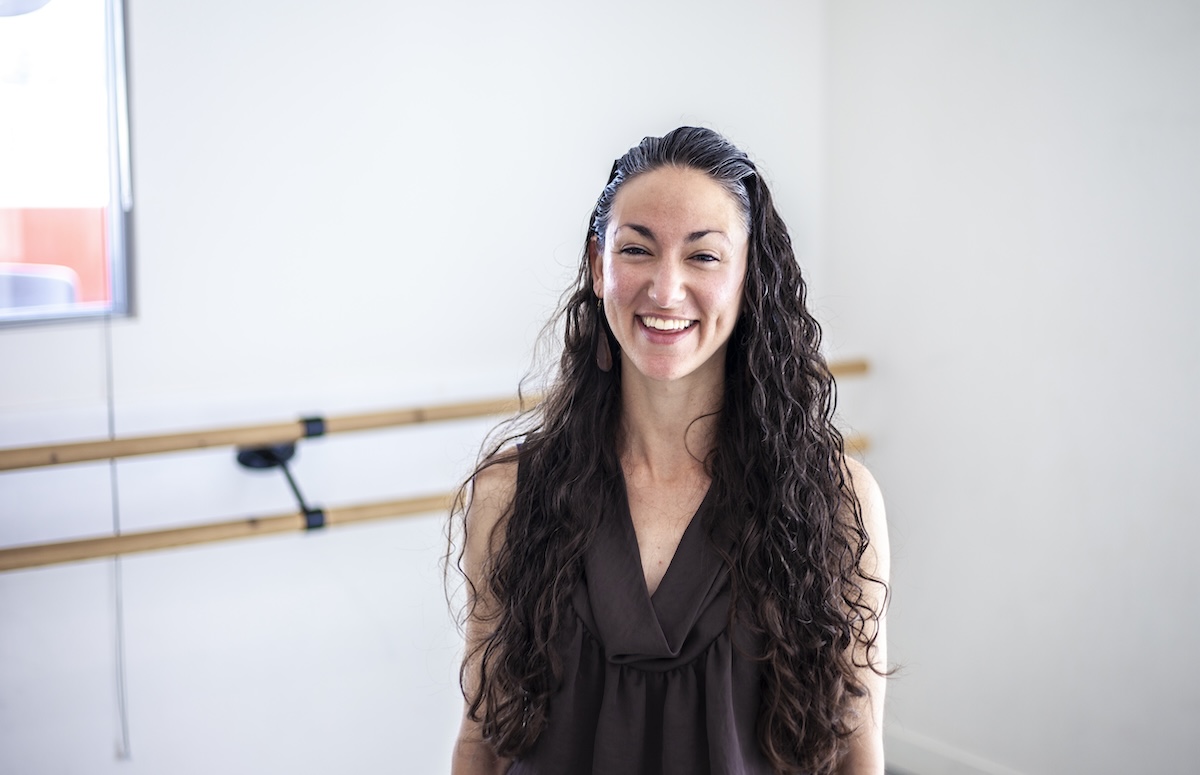

Sanchez also brings up the way we talk about pain. ‘The notion of “no pain, no gain”, and that dance is brutal,’ she says. ‘If we say, “I don’t care if your toes are bleeding, you need to keep going.” What’s the message behind that?’ she asks. ‘If there’s a denial of pain, what you’re saying is, I want you to silence what your body’s telling you. And what that then turns into, particularly for people who dance for a long time or as a career, is a self-silencing behaviour. If I self-silence when I’m in pain, that can turn injuries into career-ending injuries.’
All the teachers I meet talk about encouraging open discussion in the studio – the dynamic of authoritarian teacher and silent students long gone. Tuifua encourages peer-to-peer corrections from his very first class with adult beginners. It helps them think through the process of movement, and realise how much they know. ‘Any correction is seen as us sharing and caring and not a criticism,’ he says. Koschyk also uses peer feedback (she prefers the term ‘feedback’ to ‘correction’). She might say: ‘This movement is challenging – what helped when I was learning was, x,y,z.’ She encourages autonomous learning: ‘I’ll give ideas, but if you don’t like it, let’s try and find something else that works for you.’
Essel preaches positivity and non-judgement, although, she says, ‘it’s so easy as a teacher to see the potential of a student rather than where the student actually is. Even I find that hard, especially when it comes to show time and you want everything to be perfect!’ She’ll often fall back on the simple sandwich method, putting challenging feedback between some tasty compliments: ‘I absolutely loved how you used your heads at such and such a section,’ she gives as an example. ‘Now I want us to focus on fully extending the foot.’ She says it with such warmth and enthusiasm a student couldn’t help but feel she’s on their team.
‘I will say: I’m really sorry, I slipped up. It’s about openness and honesty’
Josh Tuifua
Koschyk wants her studio to be a ‘safe space’ where students can talk about anything, whether dance technique or what’s happening at home or at school. During turbulent adolescence, weekly dance classes can be a reassuring constant. ‘It’s that positive, relaxed atmosphere we’re striving for,’ she says, ‘and I think language is a big part of that.’
At a time of heightened awareness of the importance of language, it’s easy to fear getting it wrong. ‘Dance teachers and even choreographers and rehearsal directors say to me, “I’m terrified to say the wrong thing, because it could be the end of my career,”‘ says Sanchez. ‘In dance we often lack HR [human resources department] or understanding of safeguarding. Therefore people in positions of power are vulnerable because those systems aren’t set up around them.’ Tuifua thinks that as long as we talk with respect, there should be an allowance for unintentional slips – on pronouns, for example. He’s more than happy to use a student’s preferred pronoun if they ask him. ‘But I can’t guess it,’ he says. ‘If I have referred to someone by the wrong gender, I will catch them quietly after class and say: I’m really sorry, I slipped up. They appreciate that recognition. I think it’s just openness and honesty.’
Open and honest seems like a good starting point, along with sensitivity, thoughtfulness and an allowance for mistakes and growth. ‘We are moving in a very positive direction,’ says Koschyk, pointing out that teaching dance is much more than imparting technique. ‘Only a small percentage of students will go on to dance professionally, but we’re hopefully giving life skills, coping strategies, dealing with pressure and performance.’ The language we hear impacts on how we learn, and how we learn to trust our own body and voice. ‘We remember what our teachers said,’ says Koschyk, ‘so my students are going to remember my words.’
‘We remember what our teachers said – so my students will also remember my words’
Emily Koschyk
RESOURCES
Lyndsey Winship is the Guardian dance critic and author of Being A Dancer.
Sinjin Li is the artist name of Welsh-Chinese illustrator and designer Sing Yun Lee.
What phrases from your dance classes have stayed with you? What words do you find helpful now?
LET US KNOW!
